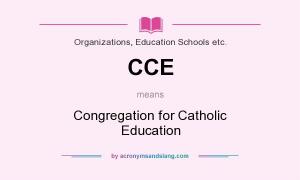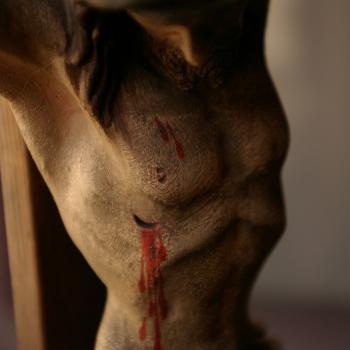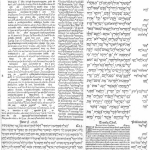Responding to ‘Male and Female He Created Them’ – Part 1

A recent declaration from the Vatican’s Congregation for Catholic Education makes gender theory a hot topic. I would like to put the Congregation’s views and proposals on gender in the context of my recent posts on the Catholic turn toward modernism. James Chappel in Catholic Modern argues that there have been two Catholic modernisms vying with each other. He labels them paternal and Fraternal Catholic modernism. The two forms are not rigidly distinct but a spectrum on which a person leans one way or another.
The document from the Congregation for Catholic Education, is “Male and Female He Created Them.” This post will look for paternal and fraternal qualities to determine which ones predominate in the Congregation’s thinking. Other posts will consider specific themes in the document and add some thoughts of my own. First it will be necessary to introduce the two forms of Catholic modernism.
Introduction I, the paternal form of Catholic modernism
Modernism in the relation between Church and state assigns different realms to each. The Church exercises authority over relatively private spaces. Meanwhile, the state rules in the public sphere.
On the Church’s realm, initially one thinks of the privacy of the individual soul and conscience. States must respect private consciences but still has to deal with tricky questions like, “Should everyone have to get the measles vaccination?” The Church, on the other hand, rightly teaches, prescribes, and proscribes on questions of morality. (Earlier posts on the Pinochet years in Chile showed how some states have invaded this most private realm.)
Catholics have not contented themselves with a small private space. For paternal Catholics the family, especially as a place for raising children, is the Church’s larger arena. The Church defends the family from the encroachment of the state and also seeks certain freedoms and resources for the family from the state. We’re so used to hearing the phrase “family values” that it’s tempting to align paternal modernism with contemporary American conservatism. That would not be accurate, however. Historically, paternal Catholics have sought help from the state in opposing homosexuality, pornography, and abortion. But they have also promoted a just wage and, where needed, welfare as important family values. It’s easy to see that gender theory would be one of paternal modernism’s concerns.
Paternal modernists favor hierarchy in family and society. That doesn’t necessarily mean dominance of the man over the woman, though it often has meant that. More generally, it consists in a tendency to lay down rules from above. A democratic family structure would not be for them. Neither would open-minded dialogue with perceived opponents and groups with contrary positions on issues. Cooperation might be a practical necessity but not a value in its own right.
Introduction II, fraternal modernism
The fraternal Catholics, as Chappel’s terminology implies, do think of cooperation and open dialogue among equals as valuable in themselves. They are inclined to focus on what is right and good in the stances of others, whether they are Communists or atheists or gender theorists. Fraternalists value pluralism in place of top-down uniformity.
When fraternal modernists think about the family, they see a society oriented toward love, desire, and mutual support and fulfillment at least as much as raising children. Marriage is a partnership of equals. Equality should reign in the broader society as well, so the family was not so central in Catholic ethics for fraternalists. They renewed the traditional Catholic preference for strong trade unions to bring about wage justice. Unions bring together people of different backgrounds and beliefs. That pluralism suits the fraternal emphasis on dialogue and cooperation.
The fraternal and the paternal in “Male and Female He Created Them”
Gender theory brings out the paternal in many Catholics. That’s not necessarily a bad thing or even a conservative thing. Paternal Catholics have supported progressive ways of fighting poverty and injustice. When the Vatican Congregation for Catholic Education gets paternal in its recent document “Male and Female He Created Them,” they manage to say some good things. They don’t succeed so well in taking on the fraternal values of open-mindedness and dialogue.
The authors of “Male and Female He Created Them” understand fraternalist values. They list three “guiding principles” on which they base their methodology, and the first is to listen. Following that are to reason and to propose. (Paragraph 5) In that order, it’s a quite fraternalist agenda. But the document falls into the paternalist category mainly because the first step hardly happens. The listening that occurs is highly selective. It takes items from the most radical proponents of gender theory. So its reasoning, the second step, doesn’t address the typical person with gender issues. And the third step of proposing seems more like demands handed down from above.
I conclude that the Congregation for Catholic Education must be more paternalist than fraternalist in their style of Catholic modernism. The next post will look closely and critically at the listening step in the Congregation’s method.
Image credit: Acronyms and Slang via Google Images












